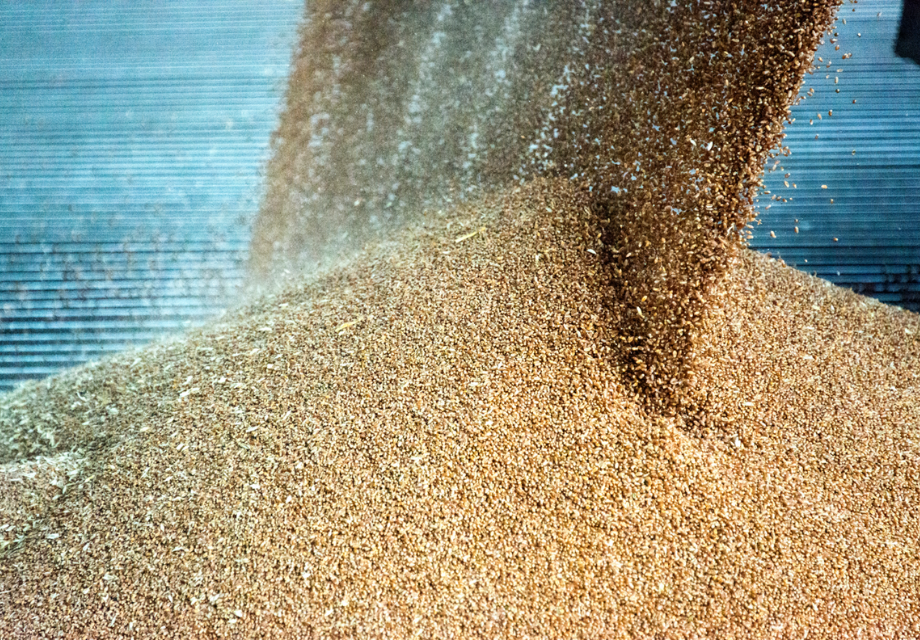
Effective Grain Store Management
Grain store management is vital to ensure your harvest stays fresh and viable for sale. Grain crops quickly deteriorate due to environmental conditions and pest infestations if they aren’t stored properly, so it’s vital to get it right. In this month’s article, we will discuss effective grain store management methods as well as the management of stored grain pests that could put your crops at risk.
Planning
One of the most important steps of effective grain store management is preparation and pre-planning. Between harvests, moisture, mould, and pests can collect in your storage bins and create an unsanitary environment for your grains. It is vital to conduct a deep cleaning of your bins with safe fumigation and insecticide products to eliminate the presence of insects and other harmful contaminants that may reduce the overall quality of your crops. Your grains should be as clean and dry as possible when going into storage, and a deep cleaning well before harvest will ensure this.
Furthermore, the grain you store together must be from the same season to reduce the risk of cross-contamination and ensure they’re as consistently mature as possible. Immature grain has a far lesser chance of surviving long-term storage than its more developed counterparts.
Environmental conditions
When it comes to grain store management, there are a few optimal temperature regions that will ensure the survival of your crops and deter pests from congregating. The general rule with oats, wheat, and barley is that temperatures above 15°C encourage pests. So, you should aim to store your grain at a maximum of 12°C.
12°C is an acceptable temperature for short-term storage. But if you intend to store your grains for over ten weeks, the ideal temperature for grain store management is 5°C for all grain types aside from malting barley. Malting barley should always be stored above 10°C, as lower temperatures can induce secondary dormancy. The preferable atmospheric moisture content varies for different grain types. But for all grains aside from 8%, the ideal moisture level is 14.5% to 15%. The only exception to this rule is OSR, which requires a lower air moisture content of 8% to store correctly.
Your grain store should already be acclimated by harvest so you can immediately cool your crops and prevent grain weevils, saw-throated grain beetles and mite infestations.
Installing automatic monitors can help you maintain these conditions and achieve effective management of stored grain pests. They will independently turn fans on and off to cool and dry the grain, and portable probes will take samples of moisture content throughout the store. Automatic detection systems will alert you to the issues your grain store is facing so you can correct the problems as quickly as possible.
Lastly, the grain storage shed itself should be maintained to prevent holes in the structure and the ingress of air that may interfere with the ideal conditions you strive to create.
Environmental conditions are the most important aspect of storing grain and the management of stored grain pests. So it is vital you invest in the correct measures to keep your harvest healthy for long or short periods.
How can Kit Buildings Direct help?
If your grain storage shed is not up to par and you’re looking for a replacement, we at Kit Buildings Direct offer bespoke sheds to suit your specific requirements. All steelwork used for our grain sheds is manufactured at our Derby workshop in line with CE marking standards to ensure high quality and adherence to regulations. Contact us now to request a free quote!

